Christopher Columbus to Thailand's Kings: 11 Curious Stories About Eclipses
A celestial sign
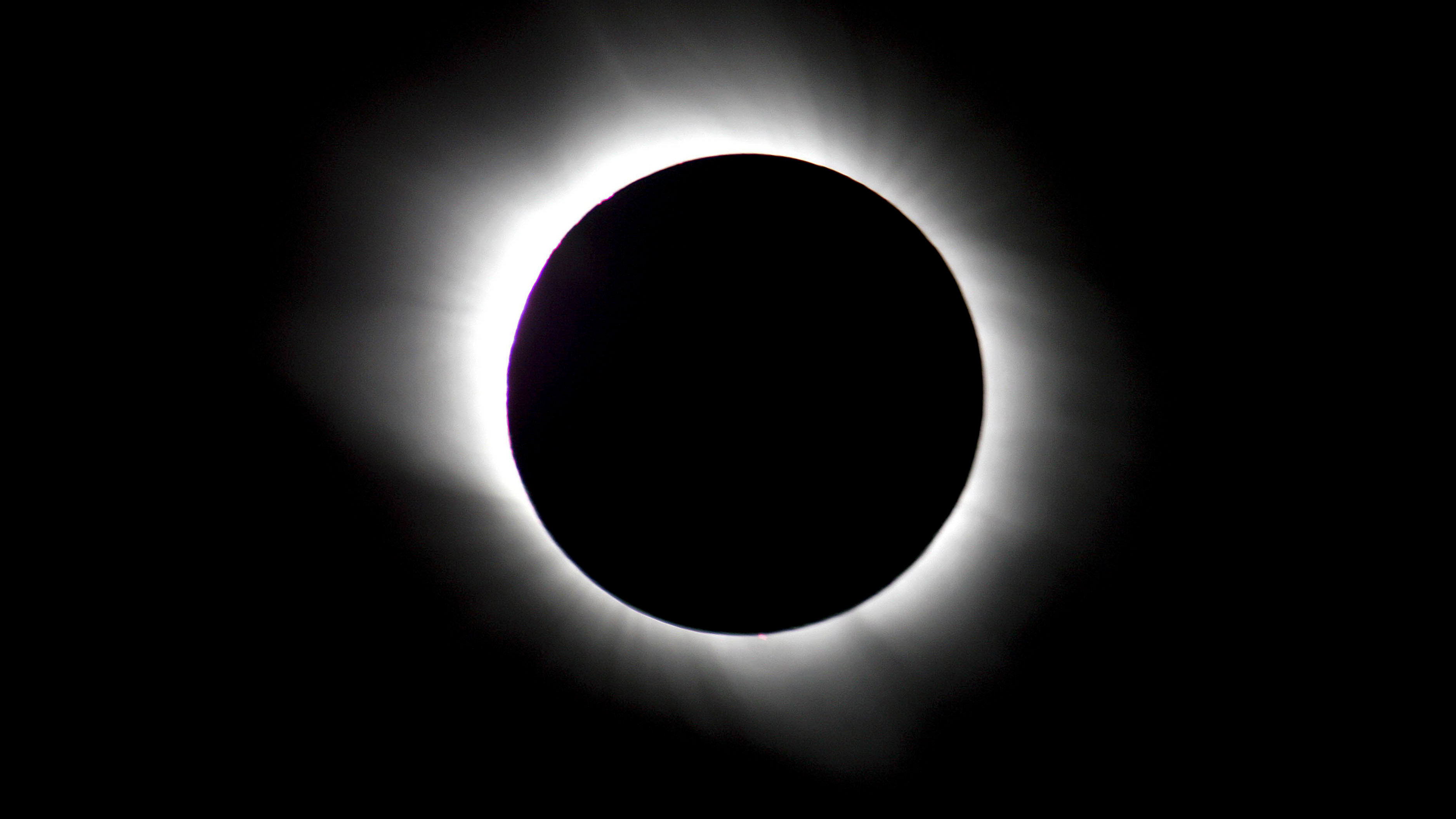
Solar and lunar eclipses have sometimes played quite a remarkable role in human history. From foretelling evil omens to inspiring early works of science fiction, here are 11 of the most curious stories about eclipses.
The Chinese Astrologers
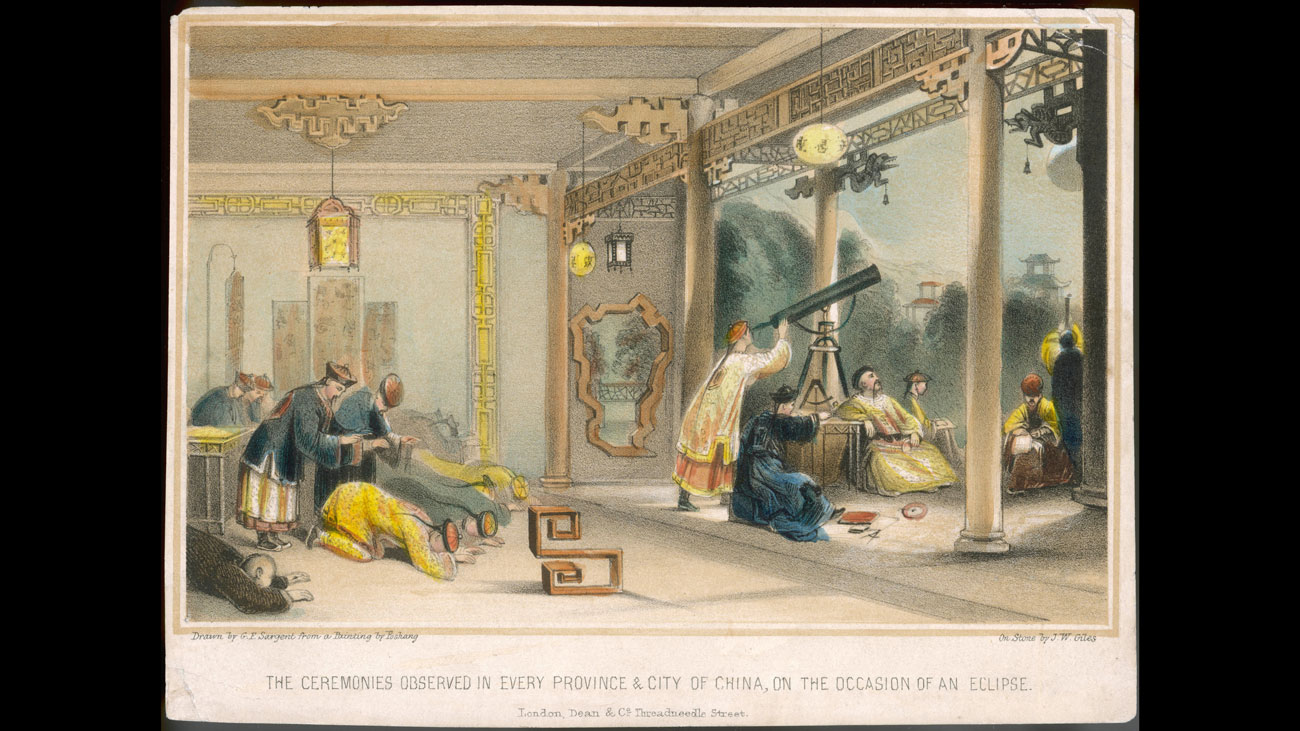
Solar eclipses were definitely bad news for astrologers in ancient China.
According to a 2003 study published in the Journal of Astronomical History and Heritage, the sun was considered a symbol of the emperor of China, and so eclipses of the sun were interpreted as a warning to the Son of Heaven himself.
The researchers, who studied the role of solar eclipses in ancient Chinese culture, wrote that the occasion of a solar eclipse therefore placed onerous requirement on the Chinese emperor, in an effort to mitigate the anger of heaven.
"When an eclipse occurred, the Emperor would normally eat vegetarian meals, avoid the main palace, perform rituals to rescue the Sun and, sometimes, issue imperial edict to take the blame on himself," the scientists wrote in the study.
It wasn't only the emperor who had cause to fear solar eclipses: the astrologers themselves could sometimes find their lives on the line.
One of the earliest mentions of an eclipse in ancient China records that the court astrologers Xi and Ho were beheaded on the orders of the Emperor Zhang Kang because they had failed to predict a total eclipse of the sun — now thought to be the eclipse that occurred on Oct. 22 in 2134 B.C.
Get the world’s most fascinating discoveries delivered straight to your inbox.
Alhazen's Camera Obscura

One of the greatest eclipse observers in history was the Persian scholar Ibn al-Haytham, also known by the Latinized version of his name, Alhazen.
Born in Basra, in what in now Iraq, Al-Haytham spent most of his life in the Egyptian city of Cairo during the Fatimid Caliphate in the 11th century A.D.
His great invention was named "Al-Bayt al-Muthlim" in Arabic (which translates to "the dark room" in English) — the earliest known "camera obscura," where a bright external image, such as the sun, is projected through a hole in the wall of a darkened room.
The camera obscura would go on to become an important tool for later astronomers, and — in a miniaturized, portable form — it was ultimately developed into the modern photographic "camera."
Al-Haythim described the use of the camera obscura in his Book of Optics, written in Cairo around 1021 A.D., and used to make observations of the sun that were impossible by any other method at the time.
He also used it to study solar eclipses, which he described in his work "On the form of the Eclipse" ("Maqalah-fi-Surat-al-Kosuf" in Arabic): "The image of the sun at the time of the eclipse, unless it is total, demonstrates that when its light passes through a narrow, round hole and is cast on a plane opposite to the hole it takes on the form of a moon-sickle."
King Narai's Eclipse

Eclipses have also played an unusual role in the history of Thailand.
The 17th-century Thai king Narai was a devotee of the "new astronomy" that had been introduced to the kingdom by Jesuit missionaries from France, and is known to have made observations of both solar and lunar eclipses under their tutelage.
A Thai court painting from April 30, 1688, shows King Narai making his first observation of an eclipse of the sun at his palace in Lopburi, surrounded by Thai and foreign guests.
Among the guests is a Thai nobleman named Phetracha, who resented the king's friendships with foreigners, and may have feared that the king might convert to Christianity
According to the Thai tradition, Phetracha regarded the solar eclipse as a sign from heaven, and it inspired him to launch a rebellion against the king a few days later.
Narai was deposed, and the foreigners were executed or expelled from the kingdom.
Kepler's Somnium
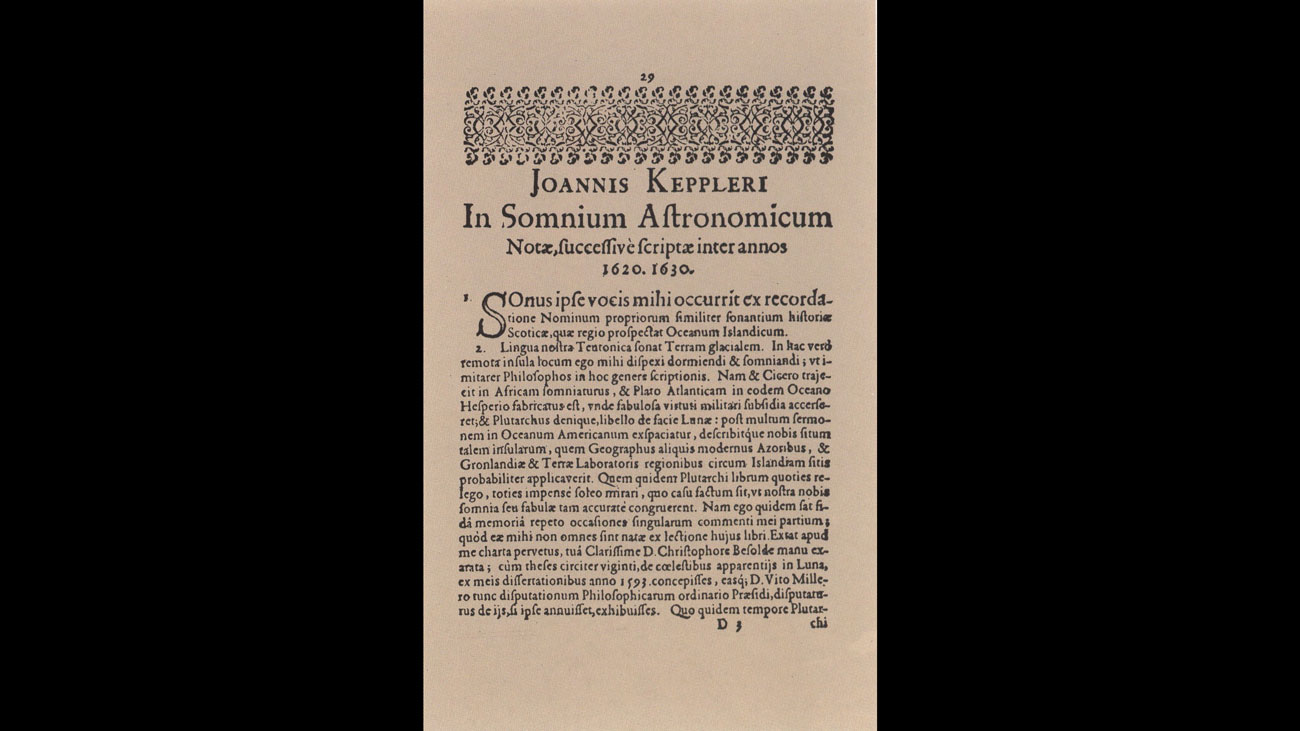
Solar eclipses also feature in one of the earliest science fiction stories, the "Somnium," (or "The Dream") written by the German astronomer and mathematician Johannes Kepler and published in 1634.
In the story, Kepler's hero hears a description of space travel by "daemons" that live in the shadow of moon.
When a solar eclipse occurs, Kepler's daemons are able to travel between the moon and the Earth on a "bridge of shadow" — and they sometimes even take human passengers with them.
"We confer with other daemons of the same region and plan an alliance so when the sunlight first begins to leave a region of space, we move in massed ranks into the shadow," said Kepler's lunar daemon.
"For if the sharp point of the moon's shadow touches the earth, which often happens, our allied squadrons fall upon the earth.
"As long as men can see the sun's eclipse, we cannot do otherwise — so it is that solar eclipses are so much feared."
Tecumseh's Eclipse
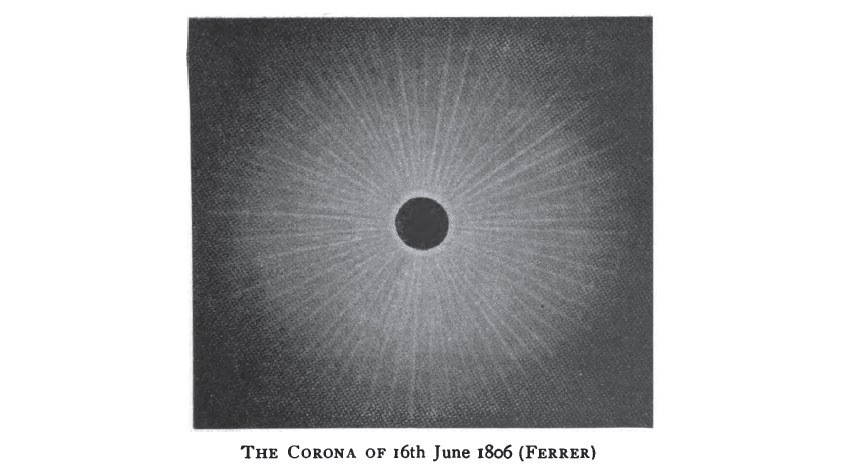
An eclipse visible over the eastern United States on June 16, 1806, is known to astronomers today as "Tecumseh's Eclipse," named after the chief of the Shawnee people who used it to win support among Indian tribes for a rebellion against European expansion.
Tecumseh and his brother Tenskwatawa, who had a reputation as a prophet, had told other Indian leaders 50 days before the event that they would receive a sign from the Great Spirit, in the form of a darkening of the sun.
Thousands gathered for the event near Greenville (now in Ohio), and the darkening happened just as Tecumseh and his brother had predicted, and helped to cement their leadership of the disunited tribes in his later wars against the United States forces, and as an ally of the British in the War of 1812.
Historians still debate how Tecumseh could have predicted the solar eclipse. Some say that Tecumseh was known to travel widely and spent a lot of time with white settlers, and so he may have had access to a European almanac that may have included the prediction.
Nat Turner's Eclipse
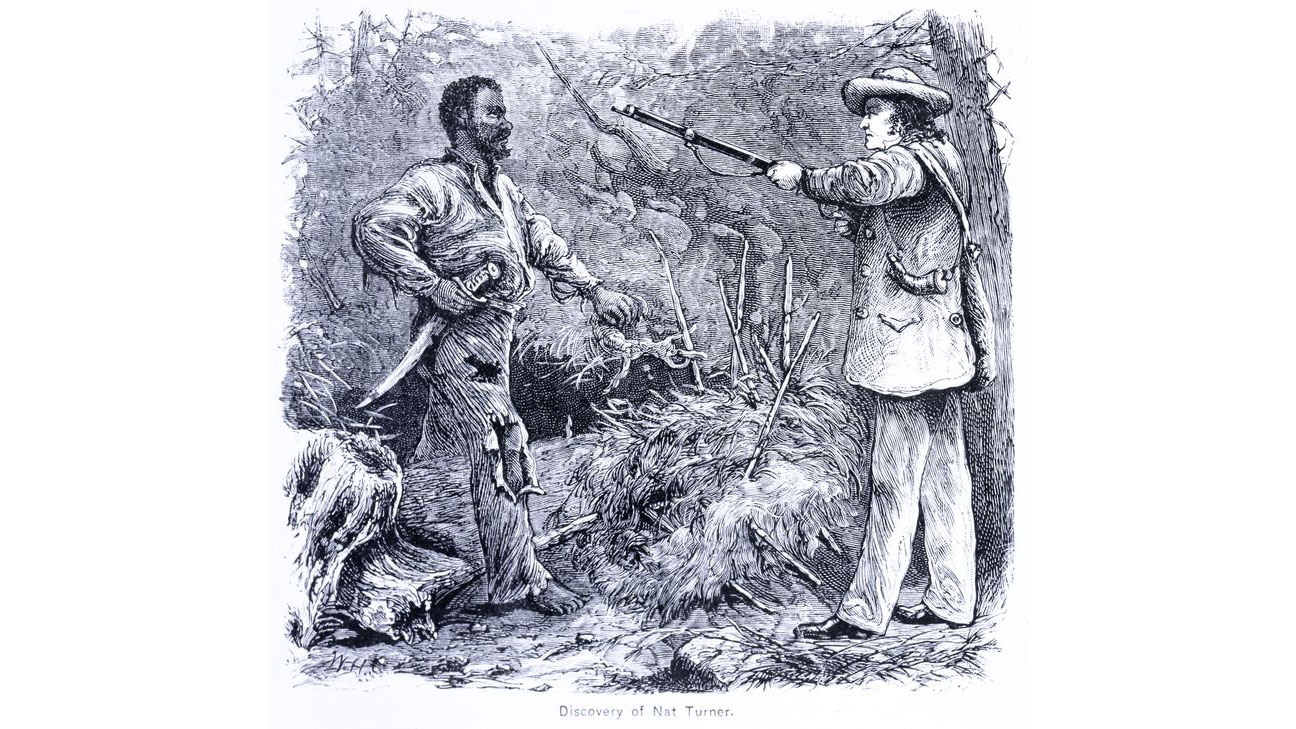
Nat Turner was an African American slave and religious leader who headed a rebellion of slaves and freed blacks in Virginia in 1831.
Turner was a visionary who believed he had been chosen by God to free his fellow slaves. In February, 1831, he witnessed a total eclipse of the sun over Virginia, which he interpreted as a sign from heaven that he should go ahead with his uprising.
Turner began by telling four companions about his plans — and on Aug. 21, 1831, armed with knives and hatchets, they led a violent rebellion against slave owners in Southampton County, Virginia.
The violence continued for two days, and up to 60 men, women and children are said to have been killed by the rebels.
Most of the slaves were caught within a few days, but Turner eluded capture for almost two months. More than 50 slaves, including Turner, were executed in the aftermath of the rebellion.
Eclipse of Sulpicius Gallus

Solar eclipses may have had the greater impact on human history, but eclipses of the moon have also played a part.
Although they don't have the same dramatic effect of darkness, the red color of an eclipsed moon, caused by the reflection of sunrises and sunsets around half the world, has often been viewed as an omen of bloodshed.
In the 4th century B.C., a Roman army preparing to fight the Macedonians at Pydna, in Greece, were warned not to worry when they saw an eclipse of the moon on the eve of the battle.
According to the historian Livy and other Roman writers, the military tribune Gaius Sulpicius Gallus correctly predicted the lunar eclipse and persuaded the Roman troops that it was nothing to fear.
"He then explained that on the following night the moon would lose her light from the second hour to the fourth, and no one must regard this as a portent, because this happened in the natural order of things at stated intervals, and could be known beforehand and predicted," Livy wrote.
"Just in the same way, then, as they did not regard the regular rising and setting of the sun and moon or the changes in the light of the moon from full circle to a thin and waning crescent as a marvel, so they ought not to take its obscuration when it is hidden in the shadow of the earth for a supernatural portent."
Livy records that the eclipse then took place at the stated hour, which raised the morale of the Roman troops but shocked the Macedonians, who took it as a bad omen and fared badly in battle the next day.
A crater on the moon, visible at the right of this NASA image, has been named after Sulpicius Gallus, in honor of his place in early astronomy.
Eclipse of Christopher Columbus
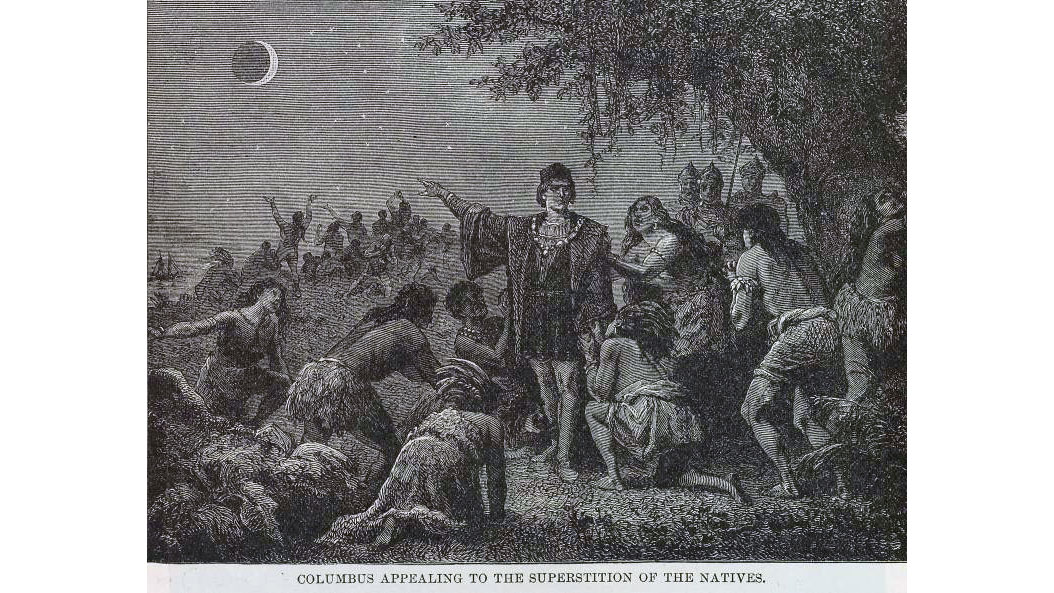
Another lunar eclipse is credited with rescuing the explorer Christopher Columbus from hostile locals on the island of Jamaica in 1504.
Columbus wrote in his account of the voyage that he was stranded for several months on the island after his ships suffered an epidemic of shipworms, which ate holes in the wood and made them unfit to sail.
In an effort to convince the local Arawak Indians to provide his crew with food and shelter, Columbus warned the Arawak chiefs that his Christian god would darken the moon in three days' time, as a sign they should do as he asked.
Columbus wrote that he had learned of the coming lunar eclipse in an almanac that he kept with his books on navigation.
On the appointed day, the moon turned dark, just as Columbus had predicted, and successfully intimidated the Arawaks into providing the help he wanted.
Eclipses on Other Planets
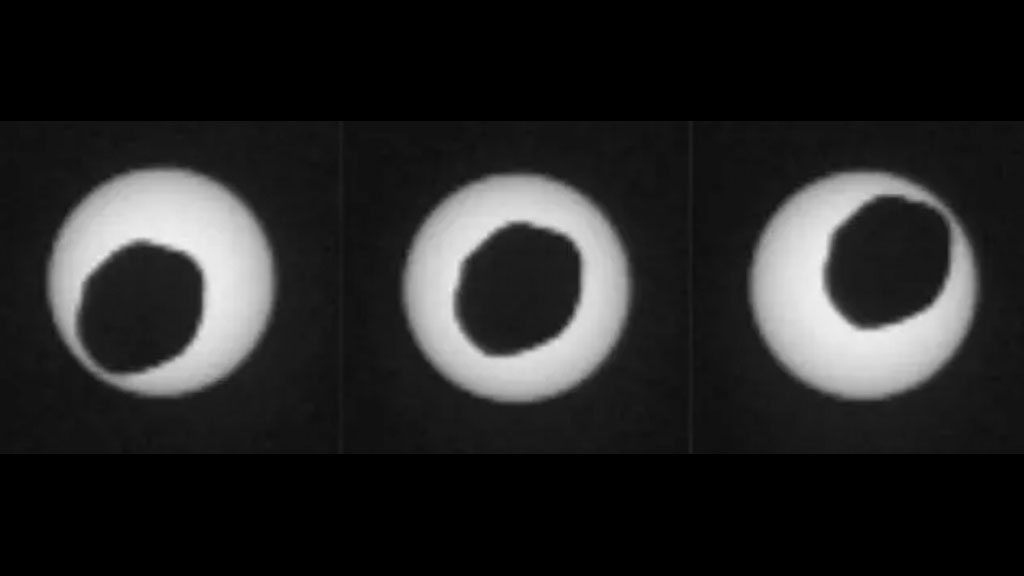
Earth is the only place in our solar system where solar eclipses appear as they do. Although moons pass in front of the sun on several other planets, only on Earth does our moon appear almost exactly the same size as the disk of the sun — a rather amazing cosmic coincidence.
On other planets, however, eclipses — properly known as "transits" — have their own special charm.
On Jupiter, for example, it may be possible to see an eclipse of the sun by three of its largest moons at the same time, although each of them would appear much smaller than the disk of the sun.
Although Mars has two moons, the smallest, Deimos, orbits too far from the planet to cast much of a shadow. But spectacular annular eclipses of the sun can be made by the Red Planet's larger moon, Phobos, as shown in this image taken by the Curiosity rover in 2013.
Unluckiest Eclipse Observer
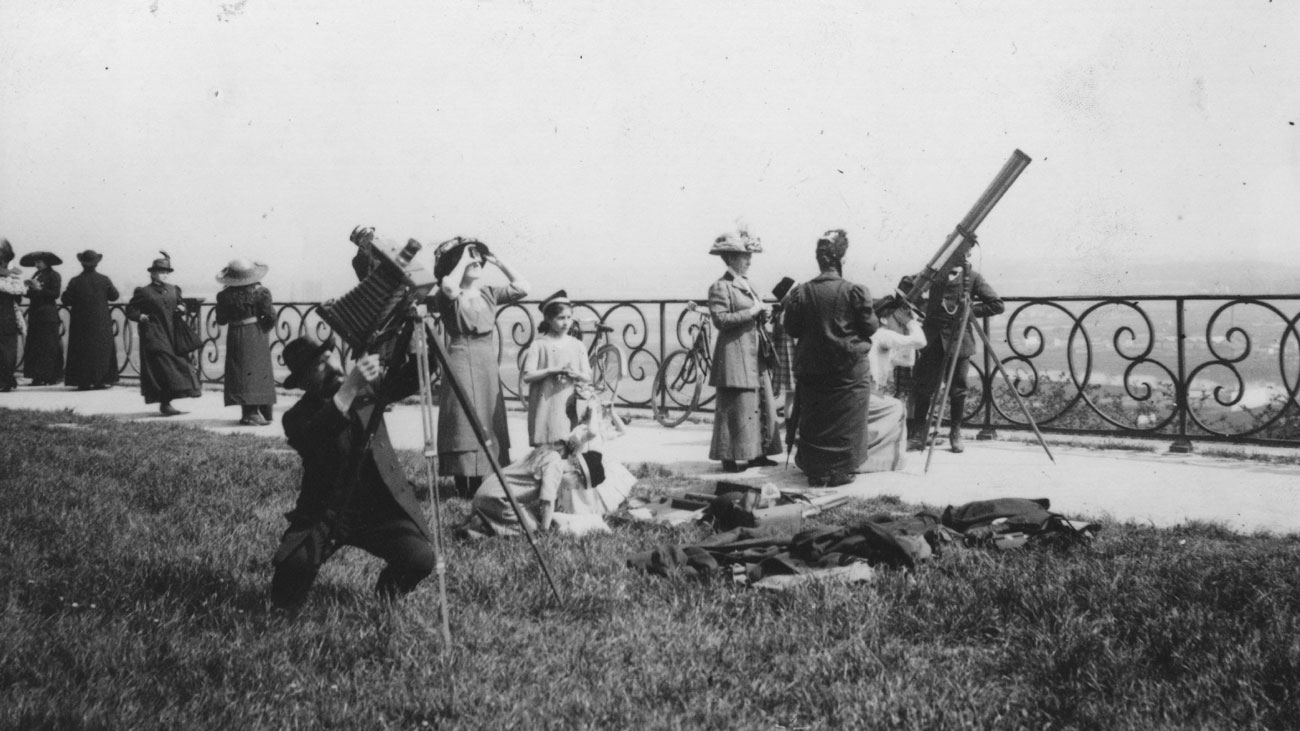
The celestial phenomenon of solar eclipses has in its turn created the travel phenomenon of "eclipse chasing," and now almost every eclipse of modern times attracts a dedicated band of astronomers, travelers and adventurers who will go almost anywhere for a glimpse of these rare celestial events.
One of the greatest — and unluckiest — eclipse chasers was the Canadian astronomer J. W. Campbell of the University of Alberta, who was the author of a textbook about predicting eclipses.
Campbell travelled the world for more than 50 years on expeditions to see 12 different solar eclipses, including an expedition to Canada's remote Northwest Territories. But, he is said to have encountered cloudy skies on each of the 12 occasions.
Tom Metcalfe is a freelance journalist and regular Live Science contributor who is based in London in the United Kingdom. Tom writes mainly about science, space, archaeology, the Earth and the oceans. He has also written for the BBC, NBC News, National Geographic, Scientific American, Air & Space, and many others.
